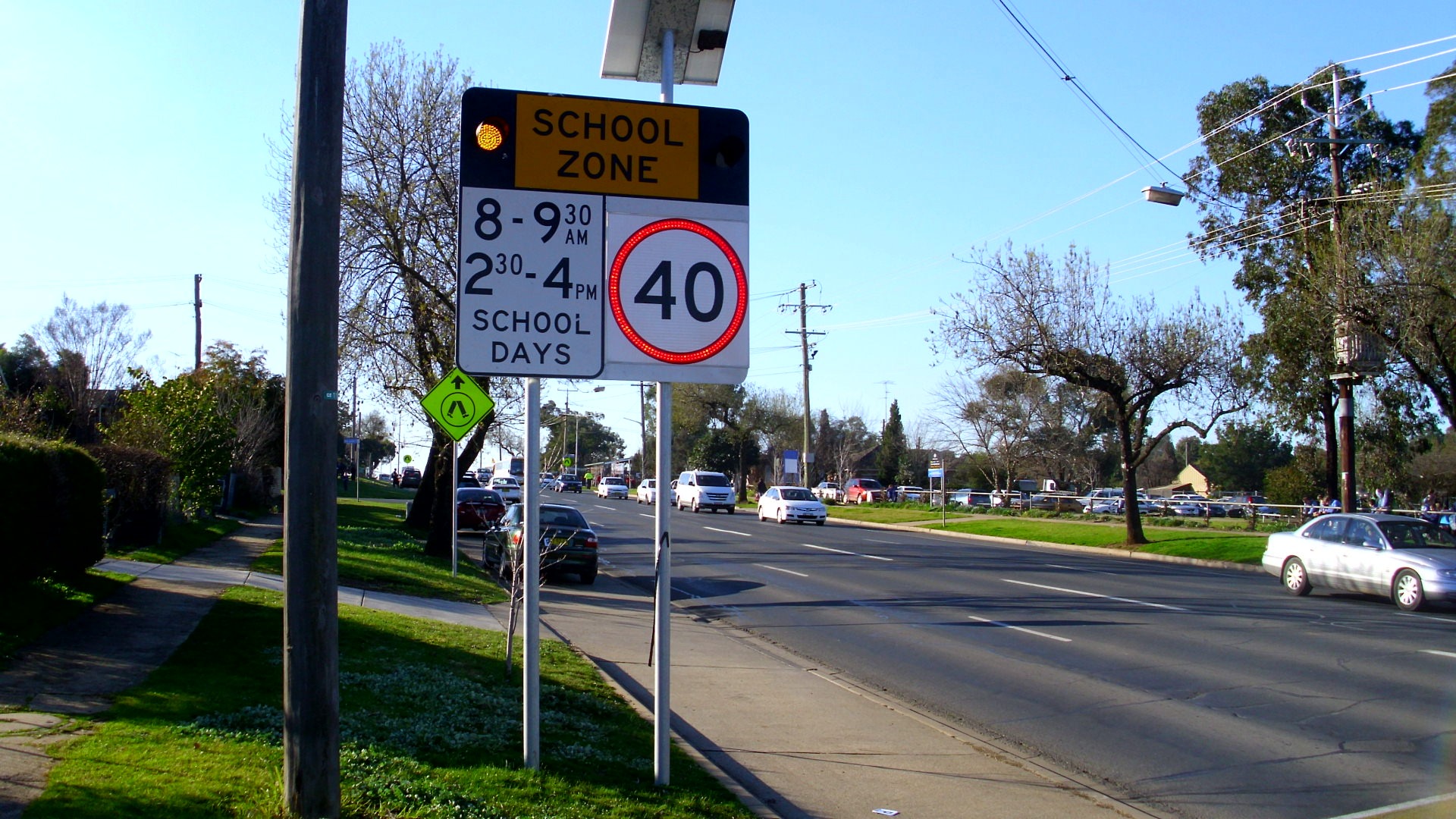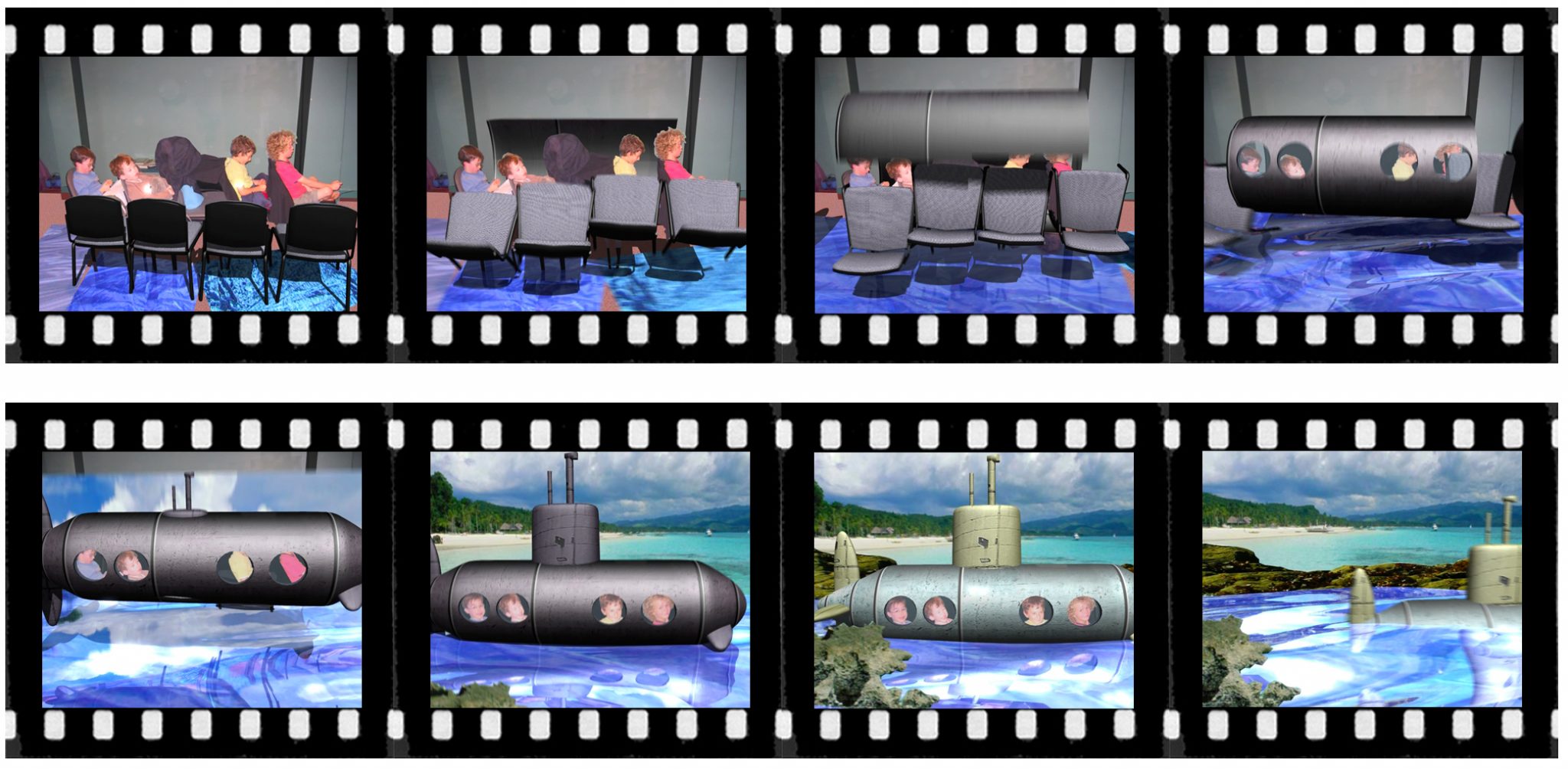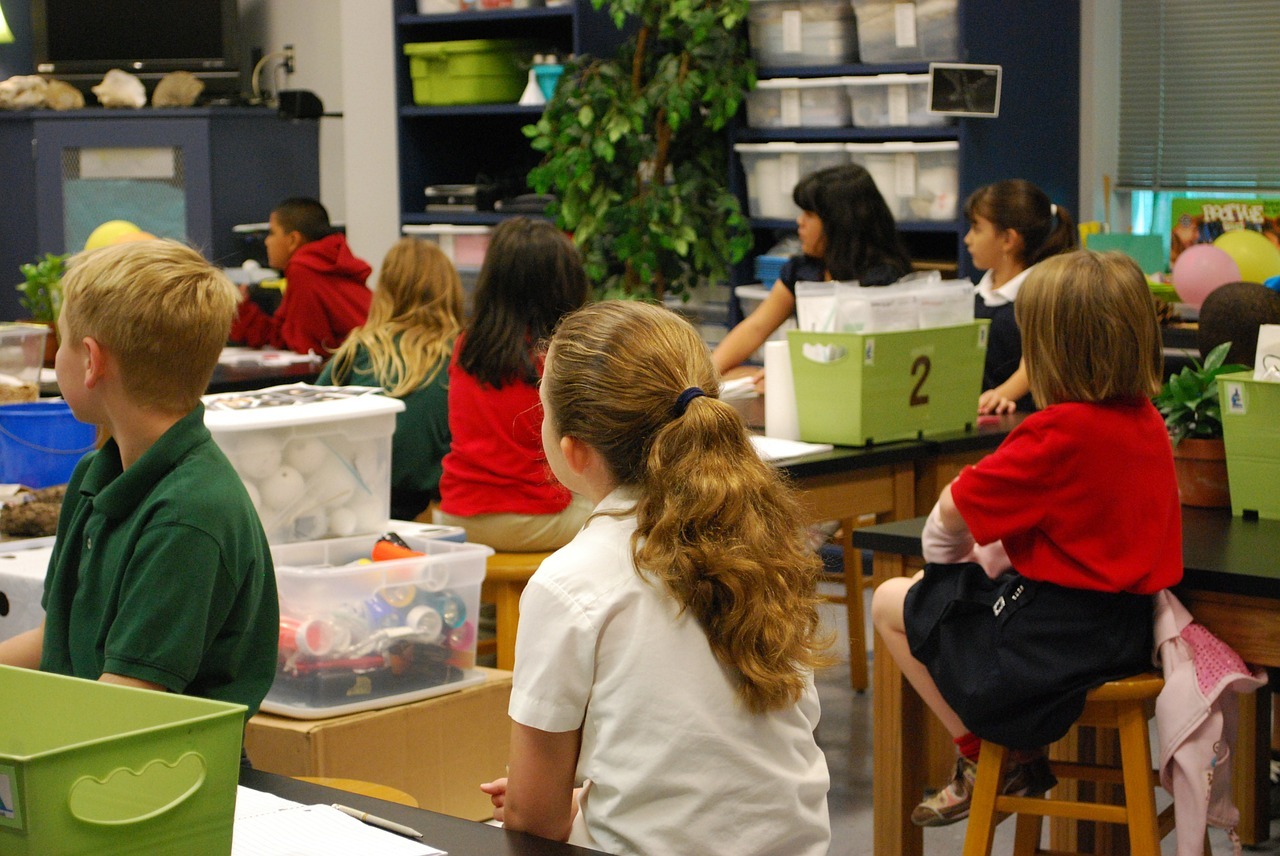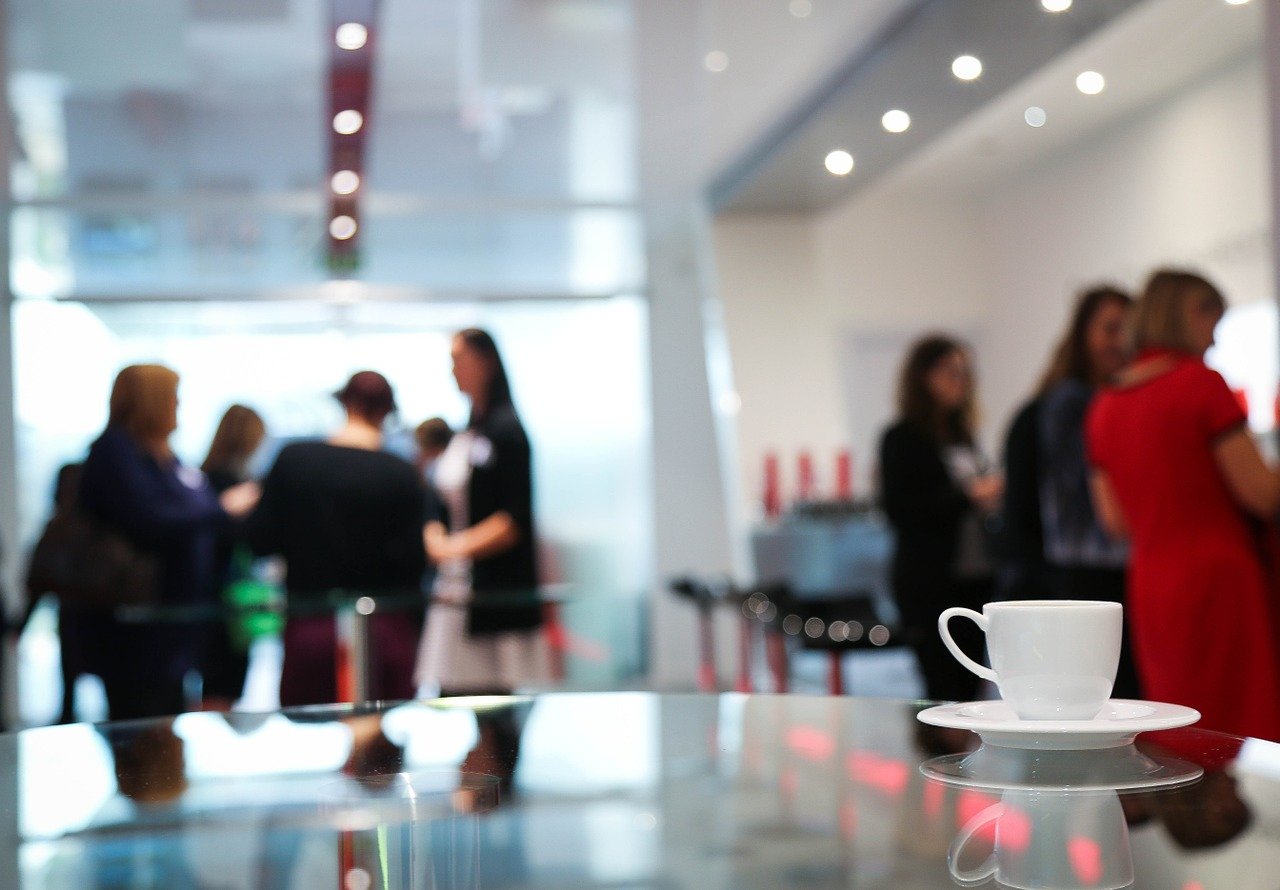I’m very happy to be returning to Wooranna Park Primary School to specifically facilitate Red Wool Editions’ Young Philosopher’s Project, our Philosophy for Children’s educational program with Year 5/6 students.
I’m also looking forward to co-teaching the program, entitled ‘The Young Philosophers Project’, with school librarian Debra Nugent. I am particularly grateful for the proactive way Debra has given me access to WPPS Google Classroom and Seesaw. As an added bonus, I also thank her for enabling the project to live on the blockchain through WPPS’s technologist, Kieran Nolan’s role in the creation of RocketShoes.
The Philosophy in Schools movement leads the way in showing us how children are curious truth-seekers and how practising philosophy occurred through storytelling long before it was a school subject. Matthew Lipman tells us, for instance, that Homer’s Illiad was a philosophical text before Classical Greek philosophers came along.
Philip Cam’s “Commentary On Matthew Lipman’s The Educational Role of Philosophy” emphasises that children are born story-lovers. Indeed, stories offer children ways of understanding complex ideas like identity and historical context. Cam explains that stories model how human beings “reason together, build on one another’s ideas and strengthen their judgment through thoughtful deliberation.”
The young philosopher’s series
Author Clare Rose Trevelyan, illustrator Yongho Moon and book designer Francis Lim have created a series of small books which are designed as stimuli for philosophical discussions between adults and children. In practice, they should get children, their parents and teachers reflecting and, possibly, acting on ideas and points of view.

The first of the series, The Book With No Story
Designed to get children exploring the nature of our first encounters of other people.
Clare writes:
A simple book of fifty-two characters descriptions with accompanying warped photographs and portraits. The book is a celebration of other people’s thoughts, their passions, their complexities and their contradictions. The book weaves in and out of the characters’ worlds in which they live, and also their inner emotional landscapes.
In its essence, it is the adoration of us all. The kids are asked to create their own characters at the end of the book, venturing into the inside and outside lives of their own characters, and write them into stories of their own.

The second of the series, The Fake Dictionary
In the second book, The Fake Dictionary, the exploration turns towards the way words shape thought and visa versa. The book is in the form of an A-Z children’s book which intentionally disrupts the clear corresponding nature of denoting the meaning of a word.
Clare writes:
Twenty-six of my favourite words with new meanings. The book is designed to allow kids to see that everything is just made up in the first place, so as to give them agency and belief that they too can continue you make up the path that lies before them.
Empower them by the tiny belief that there are no rules exactly, but there are inner moral compasses. The children are asked to draw the made-up meanings into the pages of the book, to be a part of this process of breaking the rules.

The third in the series, The One Thing And Anothers
Genre-wise it is in the form of a short story about two aliens who visit our planet and ’cause’ consequences of epic proportions to take place
Clare writes:
A reimagining of the story of how earthlings came to be. A celebration of our own hypocrisies, that we are both one thing and another at the same time. We create and we destroy. We love and we hate. We remember and we forget. We shine, we fade. The kids are encouraged to finish the book with their own chapter on what happens to these beautiful creatures.
What are the aims of the Young Philosophers Project?
The key aim is the development of Year 5/6 students as ‘philosopher citizens’ who participate in an Australian democracy as both ‘thinkers’ and ‘activists’. This is related to information which this phase of learning may now access ‘the future of work’.
An important source of information to direct the project comes from the annual reports by the Foundation for Young Australians, who, since 2015, have been presenting the way that digital disruption is altering the career paths of current students.
In 2016 onwards, FYA has been calling for ‘enterprise skills’ to be named as the ‘new basics’ in our primary and secondary schools. This is the infographic that summarises its case.

I note the deep resonances between preparing young people for work in a digital age and philosophy for children (P4C) approach. In particular, how digital technologies are influencing the end of low-paid manual labour. Instead, the trend in employment favours learning ‘soft skills’ such as creativity, critical thinking and working in teams.
I believe, it follows then that the Project is shaped by the interdisciplinary capabilities that support WPPS’s raison d’etre of pedagogical innovations in the upper primary of the Autonomous Learners Program through
- Learning agreements
- Enigma Missions,
- Literature as a catalyst for research
- Learning Symposiums
- Class parliament and
- Socratic Circles
Young Philosophers Project Developing Interdisciplinary Capabilities
I am of the view that an exciting project can be implemented at WPPS through the Young Philosophers Series that will enable Year 5/6 students to meet the learning outcomes named in all four capabilities of the Victorian curriculum of
- Critical & Creative Thinking,
- Ethical Capability,
- Intercultural Capability and
- Personal & Social Capability.
The features that confirm this for me are, firstly, that in choosing the project to be library-based, the Young Philosophers Project is contextualised as a truth-seekers project. In other words, what students learn in it can be applied to their learning in other fields of knowledge.
Furthermore, the interdisciplinary features are further strengthened by the arts-based nature of Red Wool Edition’s Young Philosophers Series. This can be seen in the way that the author Clare has purposely created the texts to stimulate philosophical inquiry around problem-solving for the creatures and topics within the text.
I set out the shape and timeline of the project in Chapters 3 and 4, “The Young Philosophers Series As Philosophical Texts” and “RWE Philosophical Activity Books”.
At the heart of our approach is the belief that philosophy is a human capability. In the introduction to the Book With No Story Activity Books, the author writes
So… What’s a philosopher? Plenty of people and creatures have argued and agreed and argue once more about the answer this question. To me, a philosopher is everyone and anyone, but especially those who stop and ask ‘why’. Why are we here? What does it mean? What am I doing and why am I doing it? A wonderer.
Clare-Rose Trevelyan
The discussion of content will sketch the nature of each book and what we feel it’s possible to achieve when students interrogate their topics and style. Along with their main texts, we have also developed ‘activity books’ in which we focus on the main students can interact with them.
The continuing focus on learning outcomes
The importance of all four capabilities of the Victorian curriculum is paramount to shaping the tasks set out in the Young Philosophers Project. We are planning to explicit teach the concepts and vocabulary of the learning outcomes to ensure that students understand their direction and advice.
My primary motivation to make the learning outcomes part of the content of the project will be done on my own teaching experience that a student understanding of learning as ‘outcomes-focused’ greatly supports their ability to self-assess their progress.
Consequently, the strands and sub-stands of the four capabilities explicitly inform ‘doing philosophy’. For instance, Critical and Creative Thinking informs students that through the project they will participate in different types of questioning and reasoning, as well as a variety of metacognitive practices.
Focusing on Ethical Capability, they will have the opportunity to understand the ethical concepts of good, bad, right, wrong, better and worse.
In the second strand, students are informed that ‘doing philosophy’ also entails ways to respond to and manage ethical problems and actions.
I use the Intercultural Capability to inform students that ‘deepening’ our understanding of personal identity is achieved through exploring cultural practices that challenge us with respecting the diverse ways in which we form values and believes.
And through the concepts and behaviours advocated in the Personal and Social Capability, the project enables students opportunities to apply the crucial perspective of self-awareness and social-awareness.
However, I believe, that after scrutinising the literature on philosophy for children, the work of designing learning experiences that support students to monitor their own development as ‘young philosophers’ must be diligently done. The last thing needed is remaining in the generalised rhetoric of ‘motherhood statements’. If the project is to engage upper primary students, it must also challenge
Sandboxing
Finally, the YOUNG PHILOSOPHERS SANDBOX is the term used to describe both a physical resource box which I will carry into the classroom during the project and an online resource file for teachers and students. In the fullness of time, we hope that students and teachers will demonstrate the depth and breadth of what it means to be a living, breathing philosopher






